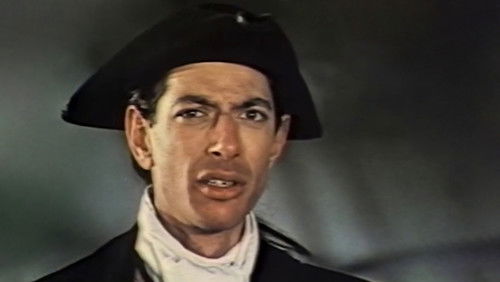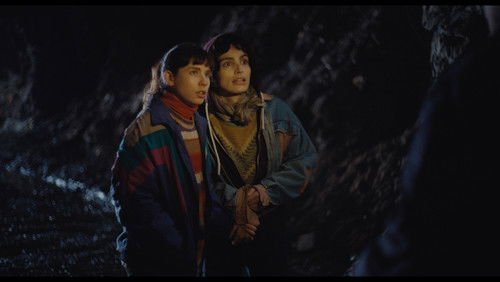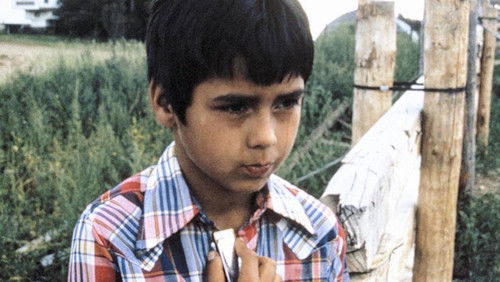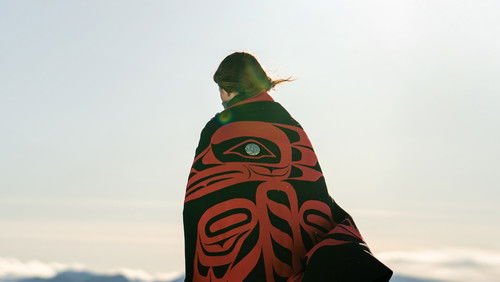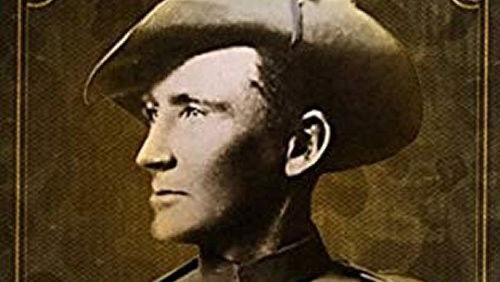Ejdeha Vared Mishavad! (2016)
37KEjdeha Vared Mishavad! (2016). 1h 45m
“Dragons are from legends, from myths, from superstition, and in Mani Haghighiu0026#39;s new film the title sets the stage for the story we will try to follow as challenged art-film enthusiasts. The plot—a concoction of genres—requires utter attention to the dialogue, which comes to us in speedy subtitles that flash unfamiliar names like Babak Hafizi, Behnam Shokouhi, Keyvan Haddad, Saeed Jahangiri, and Shahrzad Besharat. The names flash as either first or last names depending on the scene, so itu0026#39;s difficult to remember who is who. The plot unravels via the dialogue, some of it reportage in a fake documentary style, with the director Haghighi being interviewed about how he discovered the story and made the movie. The filmu0026#39;s opening credits poke fun at the currently popular trend of u0026quot;Based on a true story.u0026quot; Those who thrive on mind-bender plots like Inception will be thrilled to take on this movie.u003cbr/u003eu003cbr/u003eQualities in Dragon mirror qualities in other Iranian films of a mythical character, White Meadows (Rasoulof 2009) coming to mind, though in Dragon the contemporary world integrates thoroughly with the primitive, superstitious, cult-following villagers on the island of Qeshm, where political exiles are sent. The three protagonists from Tehran—Babak, Keyvan, and Behnam—who investigate the islandu0026#39;s haunted cemetery prone to geologically impossible earthquakes, dress in Western garb in contrast to the turbaned, scarfed, robed villagers. Charaki, the islandu0026#39;s government agent originally from Tehran, dresses like Babak in a tie and Homburg hat. But heu0026#39;s lived so long among the villagers that he keeps their secrets from the regime. Suits and Homburgs on the islandu0026#39;s barren landscape of tawny, cavernous mountains clash with the primitive environment, but they also symbolize the vast chasm between the modern world and the islandu0026#39;s tribal rituals, superstition, and magic.u003cbr/u003eu003cbr/u003eThe movieu0026#39;s predominant plot conundrum needles the mind to work out its puzzle, which is more difficult for non-Iranian audiences because of nods to cultural traditions and the Farsi language translated in fleeting subtitles. In fact, the plot is simple, but itu0026#39;s ingeniously woven into politics, hallucinations, flashbacks and flash forwards, changing genres, and an overarching atmosphere of a fantasy quest. And that legend or fairy tale quality—mixed with eerie horror motifs and evil characters (Charaki and Almas)—creates suspense. The haunted cemetery in the nowhere land of ghostly mountains, dominated by a fantastical shipwreck littered with vestiges of former dwellers, transports us to the imaginary realm where bizarre phenomena occur. u003cbr/u003eu003cbr/u003eThe modern world intrudes to solve a crime: a young political prisoner (Samei) hanging from the rafters of the shipwreck only days before his release. Charaki tells Babak, sent by the intelligence agency to investigate, that it was a suicide, but Babak can see from the neck wounds that it was a murder. He tells Charaki heu0026#39;ll spend the night in the shipwreck to read the dead prisoneru0026#39;s books and scrawled gibberish on the walls. He also insists that the body be buried in the cemetery just outside the ship, despite Charakiu0026#39;s warning that any body buried there causes an earthquake. The place is considered haunted and villagers wonu0026#39;t go near it. No one has been buried there for one hundred years. Babak asserts he isnu0026#39;t afraid and orders the body to buried. As the night descends over the deserted eerie shipwreck, Babak settles on his cot to read and moments later an earthquake shatters the walls above his head.u003cbr/u003eu003cbr/u003eBabak returns to Tehran to enlist the help of two experts—geologist Benham and sound engineer Keyvan—to solve the earthquake mystery. These two specialists first want assurance that Babak is not working for the intelligence agency. Here, with the subtitles telling the whole story in a shifting, patchwork way, audiences may lose the thread of who Babak, and his boss Saeed Jahanjiri, really are, for on the surface they appear as agents of the secret police. But dialogue and documentary reportage tell us they are actually members of a counterintelligence group known as Hozvaresh, led by Jahanjiri.u003cbr/u003eu003cbr/u003eThe plot further entangles itself through its documentary genre. The filmu0026#39;s director, Mani Haghighi, tells his interviewer how he first found out about the cemetery story through the contents of a metal box that showed up in his grandfatheru0026#39;s closet. We then watch black-and- white footage from his grandfather Ebrahim Golestanu0026#39;s movie, Brick and the Mirror, which shows Keyvan working as sound engineer. Haghighi tells us that Keyvan disappeared during the shoot in 1964. It is the myriad plot detours like this—executed through shifting voices under interrogation, documentary interviews, live action, and mystery tapes turning up—that the simplicity of the plot becomes obscured. At the same time, it is all these clever accouterments and genre layering that make the movie compelling.u003cbr/u003eu003cbr/u003eNo dragon ever arrives—the one supposedly living under the cemetery and causing the quakes. But a camel appears twice and symbolizes Babaku0026#39;s hallucinogenic clairvoyance related to the disappearance of the murdered prisoneru0026#39;s lover, Halimeh. In both cases, Babaku0026#39;s encounter with the vision of a camel (who represents Halimehu0026#39;s mother) leads to the rescue of Halimehu0026#39;s infant daughter Valileh, who then appears twenty years later in the documentary part of the movie, adding a fresh piece of evidence to the story—the last puzzle piece. At the end of the movie, when music clashes and clangs loudly like the primitive village colliding with modern Tehran, we hear the baying of a camel mixed in. His voice was part of bringing truth to the fore.u003cbr/u003eu003cbr/u003eThe Dragonu0026#39;s plot can only be understood through words, but the filmu0026#39;s visual aura, its fantastical, spooky setting and atmosphere keep us mesmerized: the Arabian Nights interior of the shipwreck—lit by a thousand candles—the crackling campfires in the cemetery at night, the tribal rituals with a skinned goat, the ghost-story music permeated with evil, and the supernatural noises and occurrences that mix with hallucinogenic experiences. Although films should be understood through their visual content, and Dragon cannot be understood without its language, the movie is a grand visual work of masterly filmmaking.”



